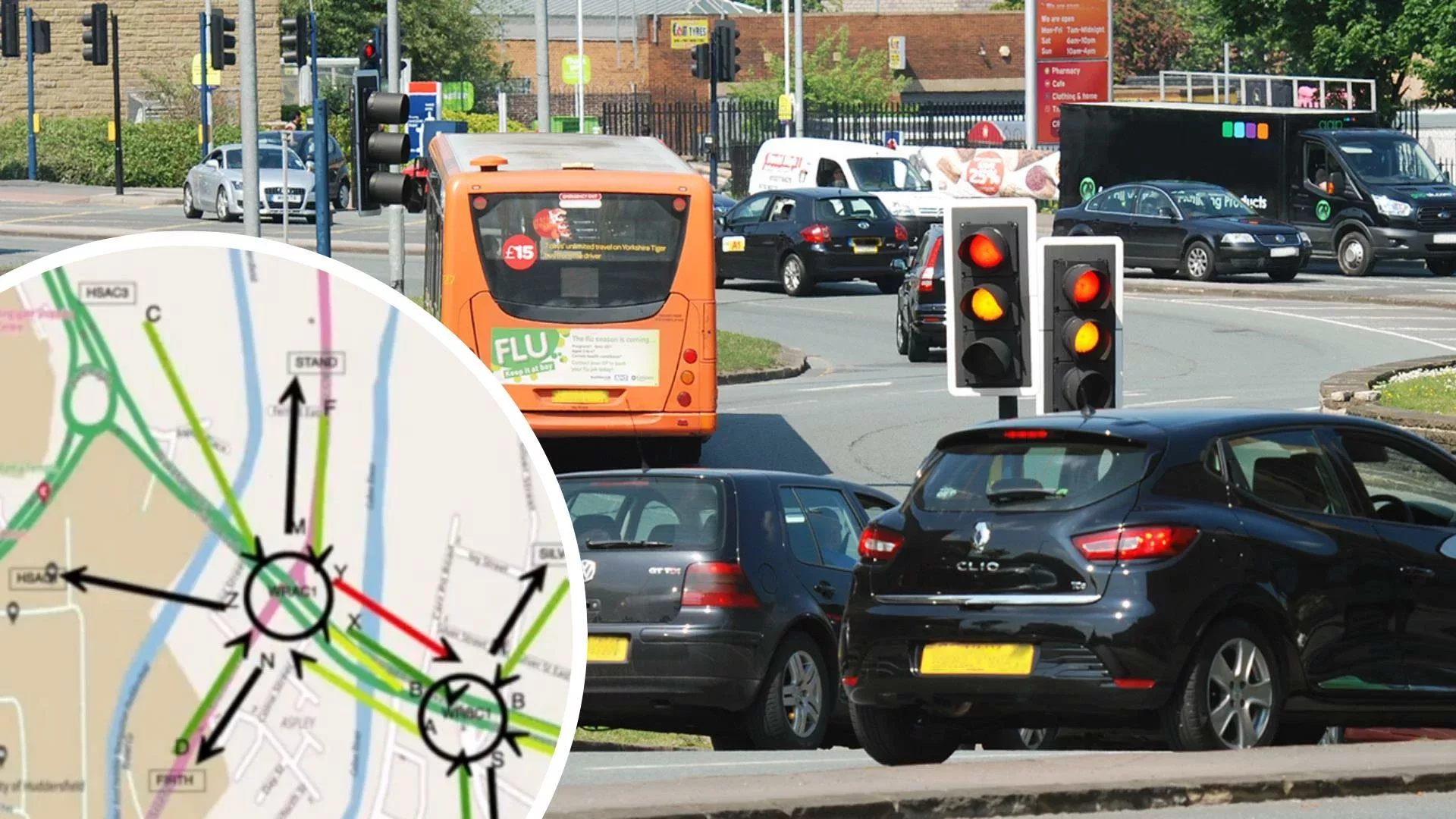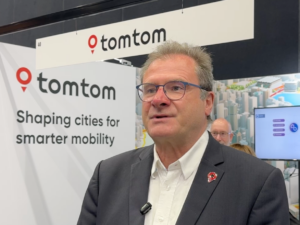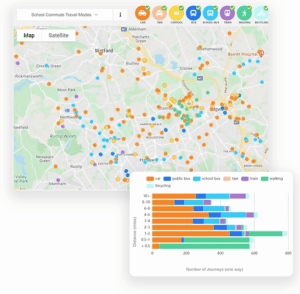A patent has been granted for a new traffic management system created by AI company Simpifai Systems and the University of Huddersfield’s artificial intelligence experts.
Professor of AI Mauro Vallati and the AI4UTMC research team, including Dr Rongge Guo, Saumya Bhatnagar, and Dr Francesco Percassi, have been working with Simplifai on the use of artificial intelligence to help reduce congestion and air pollution.
They say the system they have created together has already been successfully trialled on one busy route in Huddersfield, but the patent approval is key to progressing their innovation further.
Simplifai, based at the University’s 3M Buckley Innovation Centre alongside the campus, was created through a collaboration between the University of Huddersfield’s research centre which encompasses AI, now known as the Centre for Autonomous and Intelligent Systems.
The collaboration team say they have already begun transforming traffic flow on roads through a new form of smart urban traffic management using artificial intelligence.
Professor Vallati explained that the system they have created builds on the traffic authority’s existing data and can allow simulations to take place ahead of a big local event, for example.
He said: “What we are doing is designing AI solutions for dealing with traffic issues, optimising traffic signals in order to reduce congestion and pollution.
“This will improve the quality of life for people living in urban areas, as well as reducing journey times for people travelling to work in the morning and coming back home in the evening.
“For example, an operator can set the objective to move traffic through the corridor as fast as possible within speed limits, to avoid congestion. The system then creates traffic signal strategies, telling each junction how long each signal should be on green in order to maximise movements.”
The AI technology is able to access existing information on congestion, traffic lights, bus movements, incidents and air quality to generate real-time strategies to solve traffic control issues.
The system is designed to work by adjusting traffic light timings to alleviate congestion hot spots, improve the management of traffic around sporting events, concerts, roadworks or traffic incidents, as well as manage traffic to reduce air pollution.
Going forward the team says it hopes to roll the smart system out to other towns and cities, including the whole of West Yorkshire.
(Picture – University of Huddersfield)























